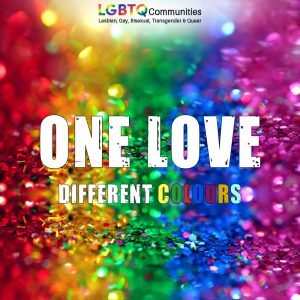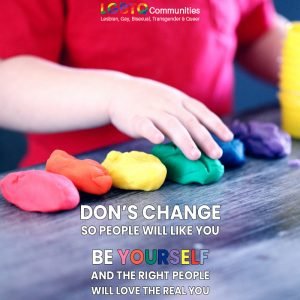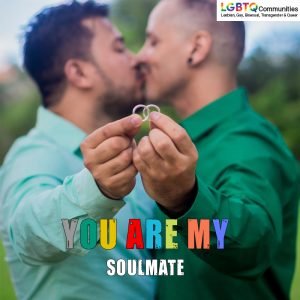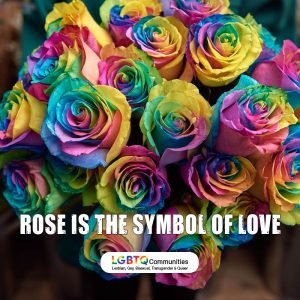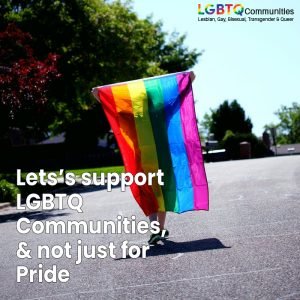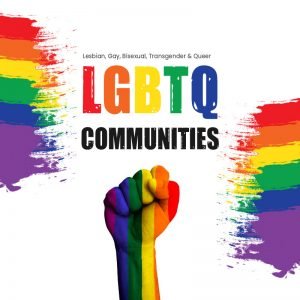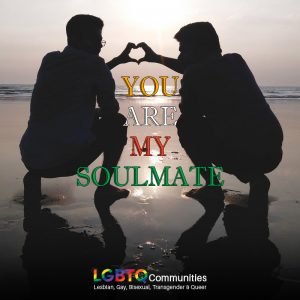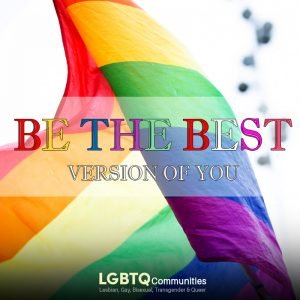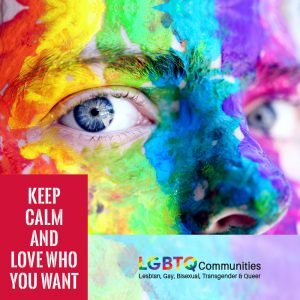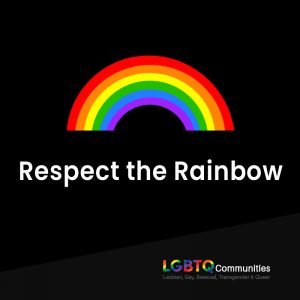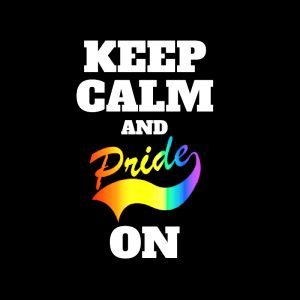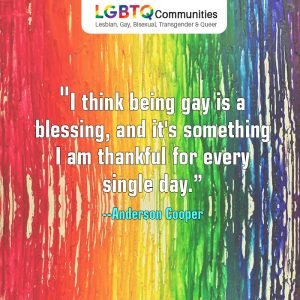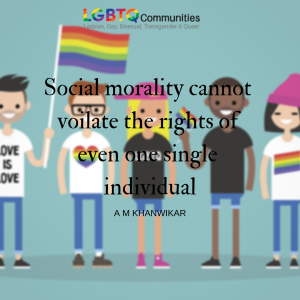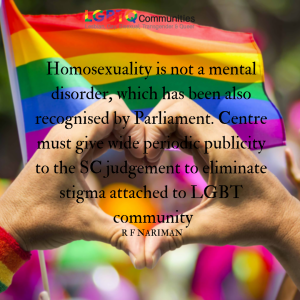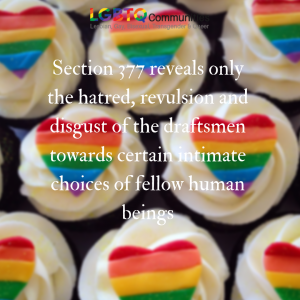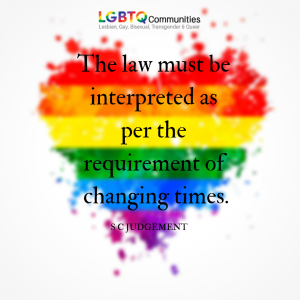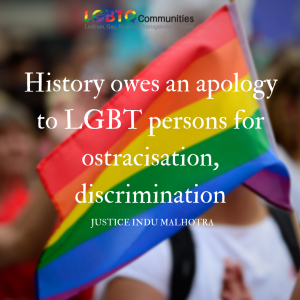Shopping at Target to support LGBTQ rights? Go a step further
Shopping at Target to support LGBTQ rights?
Pride month is underway and we’re helping families get ready to celebrate the LGBTQ community and #TakePride with a new, exclusive product collection. It’s just one way we show our longstanding commitment to the community. For more than 20 years, we’ve supported local, regional and national LGBTQ organizations financially and through volunteerism. And this year, along with our product collection and partnerships, we’ll we also have thousands of team member volunteers bringing community events to life across the nation.
I’m all for LGBTQ rights, and I’m all for spending copious amounts of money at Target.
But as much as I’d love to attach a halo of virtue to my credit card balance, I’m not sure shopping at a big box store counts as living out my values.
In case you’ve missed the brewing retail saga: The American Family Association has called for a boycott of Target over the chain’s policy allowing transgender employees and guests to use the restrooms and fitting rooms that correspond with their gender identity, even if that identity differs from their gender at birth.
More than 1.5 million people have signed a pledge on the group’s website vowing not to shop at Target “until protecting women and children is a priority.”
Anyway, over at Daily Kos, a counter-petition invites people to “show Target some love” by signing a pledge to support Target during the boycott. Close to 70,000 signatures were collected by Monday morning.
“Housing is a human right,” LGBTQ Community said. “I can’t imagine not having somewhere to lay my head at night and having to ride the train all night, and then because of your sexuality or gender identity, your resources are restricted even more.”
Where we direct our dollars definitely reflects our values, and Target’s not the only place we can show some love.
America’s LGBTQ Community
How many young Americans identify as 100% heterosexual? Where do LGBTQ people live? In what countries is same sex activity punishable by prison or death? These are all things the stats can tell you, and Bennett Singer has spent the last few years collating the most recent research to paint a data portrait of LGBTQ life in the US. Editing the book was as eye opening for Bennett as it will be for readers, from how many same sex couples are raising children in Mississippi, to the stigma against bisexual people and the knock on effects that has in health risks. The truth is in the numbers, and understanding what the lives of LGBTQ people are like is the path towards better policy decision and individual interactions. Bennett Singer’s most recent book is co-edited with his husband, David Deschamps: LGBTQ Stats: Lesbian, Gay, Bisexual, Transgender, and Queer People by the Numbers.
Transcript: Over the past year I’ve been working on a book project called LGBTQ Stats. I co-authored it with David Deschamps, who is my husband and partner on various film projects and other book projects.
And the idea was to take existing research—from studies, polls, surveys, websites, reports—and synthesize it. We looked at probably a thousand different existing publications and took the numbers from those publications and turned them into a book, organized in 16 chapters in a question and answer format. Sort of a Harper’s Index style, with the goal of making it as accessible and lively and eye opening for anybody who cares about equality or social justice in America.
It’s a great tool I think for researchers and academics, but also for folks who just want to know how many people are married in America or what’s the size of the transgender population or what’s the movie with the biggest LGBT grossing box office theme.
So in terms of surprises there were – I thought I knew a lot going into this project, but there were some major eye opening moments for me. One of the biggest I think was this question of how many people define themselves or identify themselves as not 100 percent heterosexual. Which is different than saying “I’m gay or lesbian or bisexual.”
But it’s fascinating to see the growing numbers of young people, particularly in the 18 to 29 year old demographic, who say that they are not 100 percent heterosexual. And the number on that is 31 percent.
So 31 percent of 18 to 29 year olds identify themselves as not 100 percent heterosexual. That’s eye opening to me.
When you look at geography and the question of “where do LGBTQ folks live,” one of the most eye opening details that we came across was: the state that has the highest percentage of same sex couples raising children turns out to be Mississippi, where 26 percent, one in four, same-sex couples are actually raising children.
As you noticed the book is indeed called LGBTQ Stats. and David and I both identify as gay men but really wanted to make the book as inclusive as possible to cover the full spectrum of LGBT and Q Americans, and even beyond America.
And so there are stats threaded throughout the 16 chapters that reflect bisexual and transgender experiences. But there are also separate chapters on bisexuality and on transgender issues within the book.
One basic starting point is: when you look at folks who identify as lesbian, gay or bisexual, the majority actually, 52 percent of that population, are bisexual. And so while it’s often an afterthought—and I think unfortunately it’s often an afterthought—the experiences of bisexual people are incredibly central to this community and to the struggle for both legal acceptance, and I think acceptance within and among other gay and lesbian and transgender folks.
There is certainly a stigma and that’s reflected in the numbers too. When you look at like health disparities between lesbian and gay people on the one hand and bisexual people on the other hand, there are numbers and statistics that would suggest that bisexual people face additional stress and additional health risks—I think because of the stigma that is attached by various facets of society to being bisexual.
So I think that’s – and when you look at media portrayals too there’s been certainly strong progress for gay and lesbian characters and medium-strong progress for transgender characters. I think the bisexual representation is lagging, and GLAAD has done, you know, surveys that document specifically the numbers for each of these categories. But I think it’s fair to say that there’s a lot of room for more positive and more diverse portrayals of bisexual folks.



